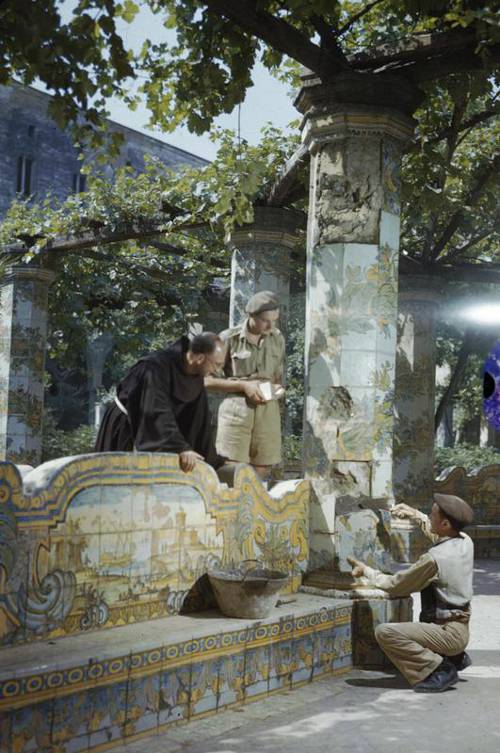
FAQ About The Impact of Cultural Preservation in Architecture

What is cultural preservation in architecture?
Cultural preservation in architecture involves maintaining and restoring buildings that hold historical and cultural significance. This practice aims to protect structures that contribute to the identity and heritage of a community. Preserving such buildings ensures that future generations can understand and appreciate their cultural heritage.

Why is preserving architectural heritage important?
Preserving architectural heritage is crucial because it maintains our connection to historical events, cultural identity, and traditions. It also enhances community pride and continuity and contributes significantly to local tourism, offering educational opportunities and attracting visitors interested in cultural and historical exploration.

How does cultural preservation in architecture influence community identity?
Cultural preservation in architecture reinforces community identity by safeguarding structures that embody local history and cultural narratives. These buildings serve as tangible links to a community's past, fostering a sense of belonging and continuity among residents.

What role does architecture play in tourism?
Architecture plays a vital role in tourism by showcasing the distinctive cultural and historical aspects of a destination. Preserving significant architectural sites attracts tourists interested in exploring the history, aesthetics, and cultural stories of a place, thereby boosting the local economy.

How does cultural preservation impact community pride?
Cultural preservation can greatly enhance community pride by maintaining landmarks that symbolize shared history and cultural identity. These conserved sites and buildings offer residents a sense of ownership and connection to their past and present, often becoming focal points for community events and activities.

What are some examples of architectural heritage sites?
Architectural heritage sites can range from ancient structures like the Pyramids of Giza to more recent historical landmarks such as New York City's Grand Central Terminal. These sites are commonly protected and restored to preserve their historical and cultural significance for future generations.

What challenges are faced in preserving architectural heritage?
Preserving architectural heritage often involves challenges such as limited funding, balancing modernization with conservation, and navigating legal regulations. Additionally, there can be conflicts between development goals and preservation efforts, requiring careful negotiation and planning.

How can modern architecture integrate cultural preservation?
Modern architecture can integrate cultural preservation by incorporating traditional designs and materials into new structures or by sensitively adapting older buildings for contemporary uses. This approach helps maintain a community's cultural landscape while accommodating modern needs.

What is the economic impact of architectural preservation?
Architectural preservation can have a substantial economic impact by boosting tourism, increasing property values, and creating jobs in the restoration and maintenance sectors. It can also stimulate local economies by attracting visitors and encouraging investment in the area.

What laws protect architectural heritage?
Various international, national, and local laws protect architectural heritage. For example, UNESCO's World Heritage Convention identifies and protects cultural sites globally. Additionally, many countries have national heritage registers and local preservation ordinances to ensure the protection of significant buildings and areas.

How do architects contribute to cultural preservation?
Architects contribute to cultural preservation by designing restoration projects that respect and enhance the historical significance of buildings. They assess structural needs, retain character-defining features, and apply appropriate conservation methods to ensure the integrity and longevity of heritage structures.

Can urban development and cultural preservation coexist?
Urban development and cultural preservation can coexist through strategic planning and design that incorporates heritage features into new developments. Sustainable practices and adaptive reuse can blend old and new elements, ensuring that cultural identity remains intact while accommodating growth.

What is adaptive reuse in the context of architectural preservation?
Adaptive reuse refers to the process of repurposing old buildings for new uses while retaining their historical and architectural significance. This approach not only preserves heritage structures but also encourages sustainable development by minimizing the need for new constructions.

How do local communities engage in preserving their architectural heritage?
Local communities can engage in architectural preservation by participating in heritage walks, supporting local preservation groups, and advocating for the protection of significant sites. Community involvement is essential for gathering support and resources for successful preservation efforts.

What technologies are used in architectural preservation?
Technologies used in architectural preservation include 3D scanning and modeling for detailed analysis, virtual reality for visualization purposes, and laser cleaning techniques to renew delicate surfaces without causing damage. These technologies aid in accurately restoring and maintaining historical structures.

How does climate change affect architectural preservation?
Climate change poses significant challenges to architectural preservation by increasing the risk of damage from extreme weather events, rising sea levels, and shifts in environmental conditions. Preservationists must adapt their methods to protect structures against these evolving threats.

What is the role of UNESCO in cultural preservation?
UNESCO plays a vital role in cultural preservation by designating World Heritage Sites and providing guidance and support for their protection. They collaborate with countries to develop strategies and policies that ensure the conservation of sites with outstanding cultural and historical significance.

How can governments support architectural preservation?
Governments can support architectural preservation by providing funding and grants, implementing protective legislation, and creating awareness campaigns. They can also offer tax incentives and support educational programs that highlight the importance of maintaining cultural heritage.

What is the significance of community-led preservation initiatives?
Community-led preservation initiatives are significant because they empower local residents to take an active role in protecting their heritage. These initiatives foster a sense of ownership, build local pride, and often lead to more sustainable and successful preservation outcomes.

How does architectural preservation relate to sustainability?
Architectural preservation relates to sustainability by promoting the reuse of existing structures, reducing the need for new construction materials, and conserving cultural resources. Sustainable preservation practices ensure that historical buildings are maintained responsibly while minimizing environmental impact.
